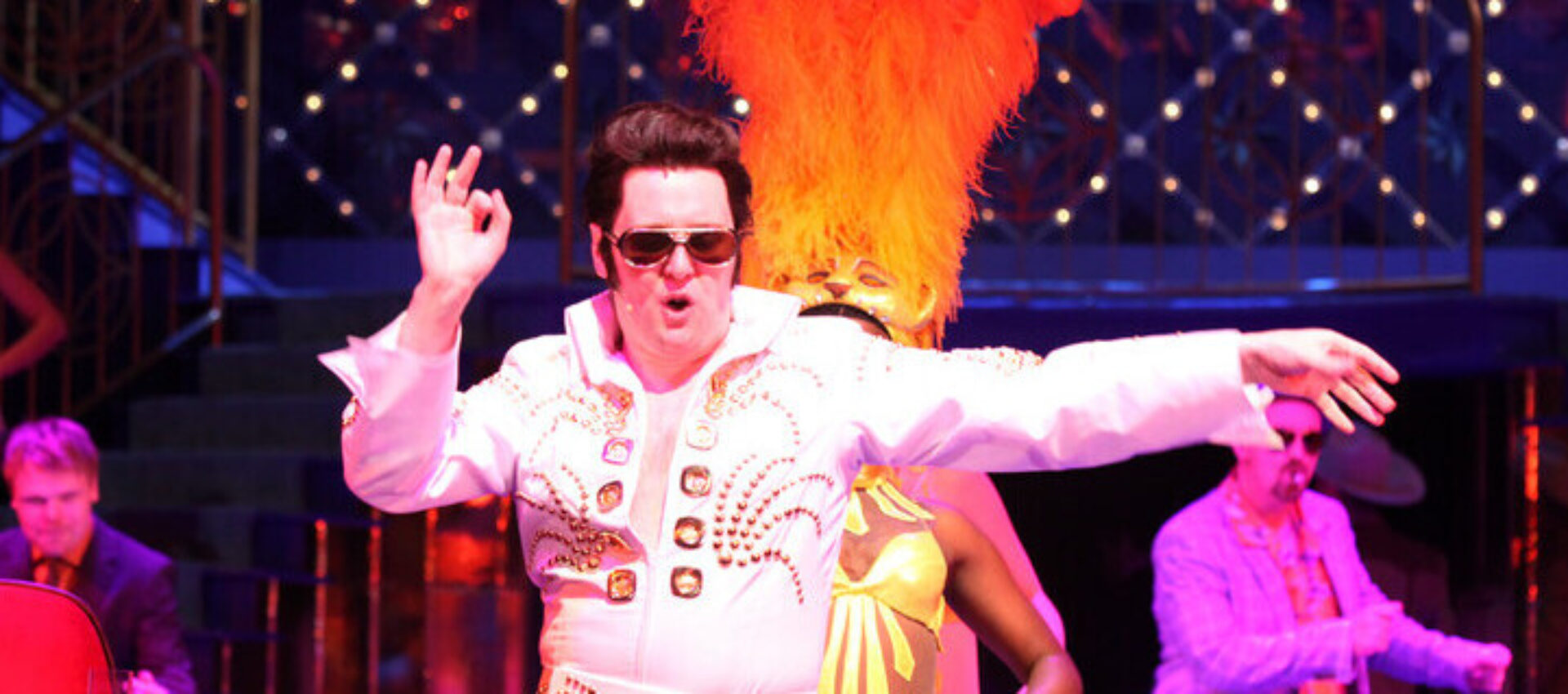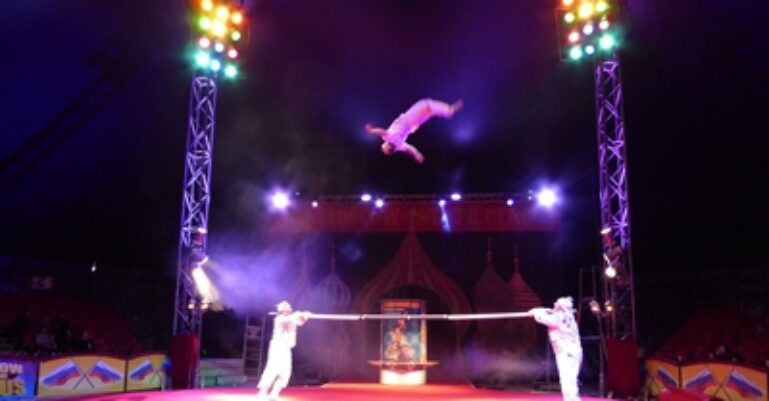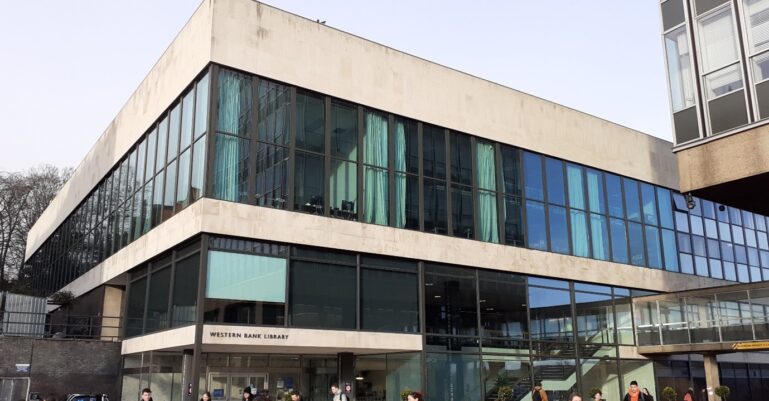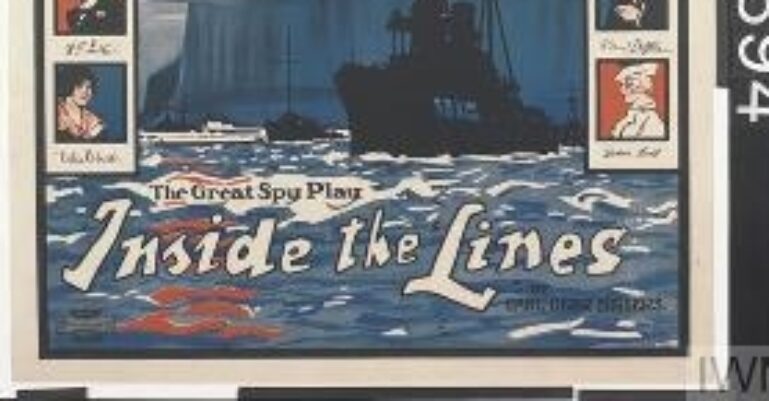The exhibition runs until 14th January 2019 at Western Bank Library, Level 5, and entry is free (proof of ID is required for external visitors).
To find out more visit: https://www.sheffield.ac.uk/nfca/wwi
Posted: Tuesday, November 20th, 2018
Tagged with:
History

Gallery
What connects our members’ collections? Here we put a spotlight on some of the curious themes that tie us together.









